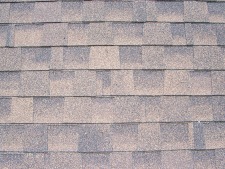|
asphalt composite roof |
15 - 30 |
| slate/tile roof |
50+ |
| septic system (leaching fields) |
18 - 20 |
| boiler/furnace |
20 - 30 |
| heat exchanger w/humidifier |
10 |
| combustion chambers |
10 |
| burner |
10 |
| appliances |
5 - 8 |
| hot water tank |
5 - 12 |
| tankless hot water (serviced properly) |
10+ |
| buried water pipes in concrete |
15 - 18 |
| window maintenance/repairs |
maintain annually |
| flashing maintenance/repairs |
maintain annually |
| metal chimneys |
10 |
| metal flue lines |
10 |
| unlined brick flues |
20+ |
| automatic flue dampers |
inspect annually |
| swimming pool liners |
10 |
| tile walls (average quality) |
1 - 5 |
| exposed wood deck or porch |
5 - 7 |
| old wiring |
unknown |
| thermal seals in windows |
5+ |
| caulking/putty (average quality) |
1 - 5 |
| painted siding/trim |
5 |
| stained siding/trim |
7+ |
| downspout drywalls |
10 |
| termite treatment |
5 - 7 |
| carpenter ant treatment |
annually |
| air conditioning compressor |
8 - 12 |
| old water pipes |
unknown |
| old drains, traps, vents, waste pipes |
unknown |
| buried oil tanks |
15 |
| oil tanks |
30 |
| plumbing fixtures/faucets |
unknown |
| fiberboard siding |
5 - 7 years (properly treated) |
| rolling roofing seams |
maintain annually |
| chimney maintenance |
inspect annually |
| pump motors |
5+ |
| roof drainage maintenance |
service semiannually |
| heat pump |
8 - 10 |




